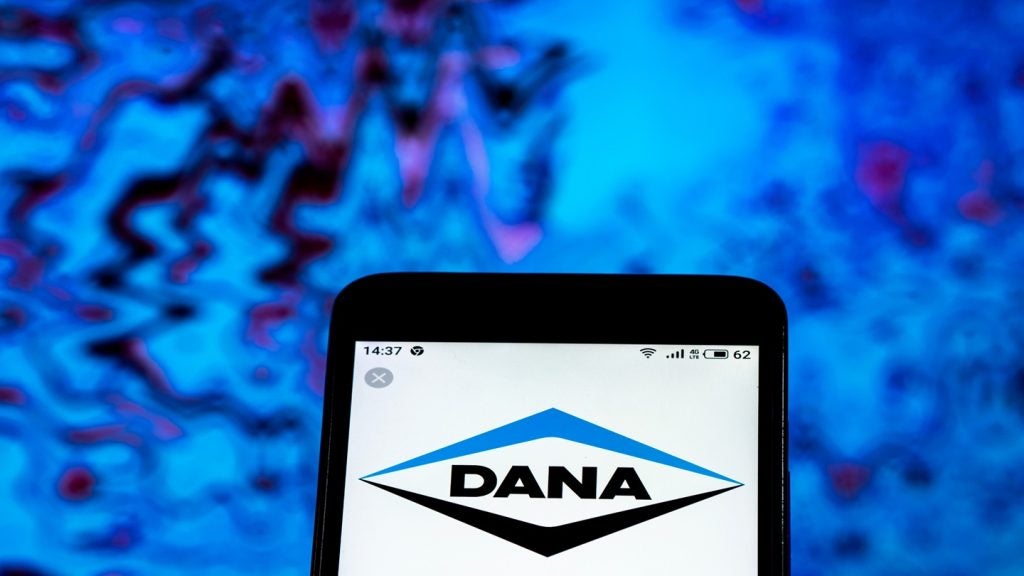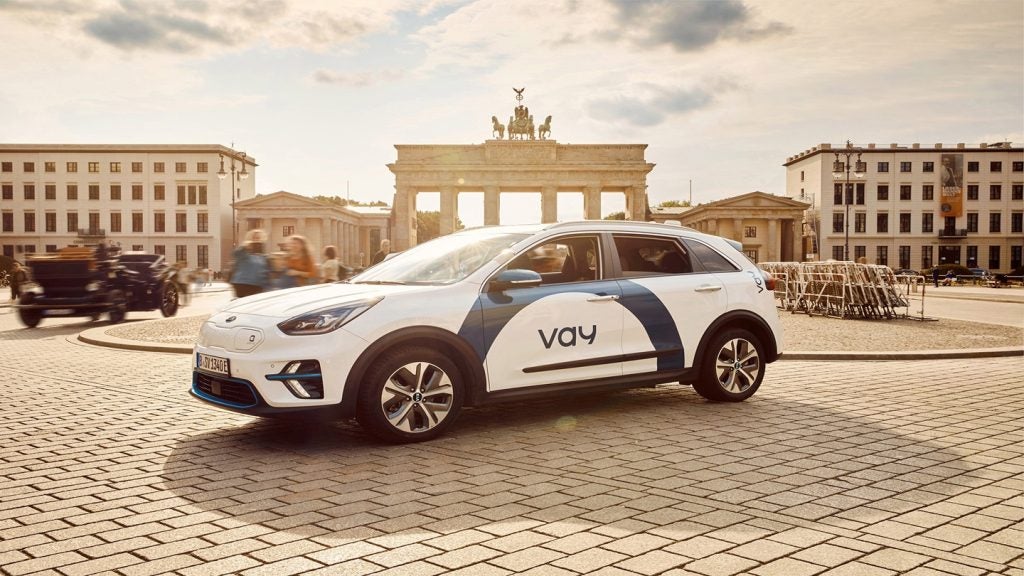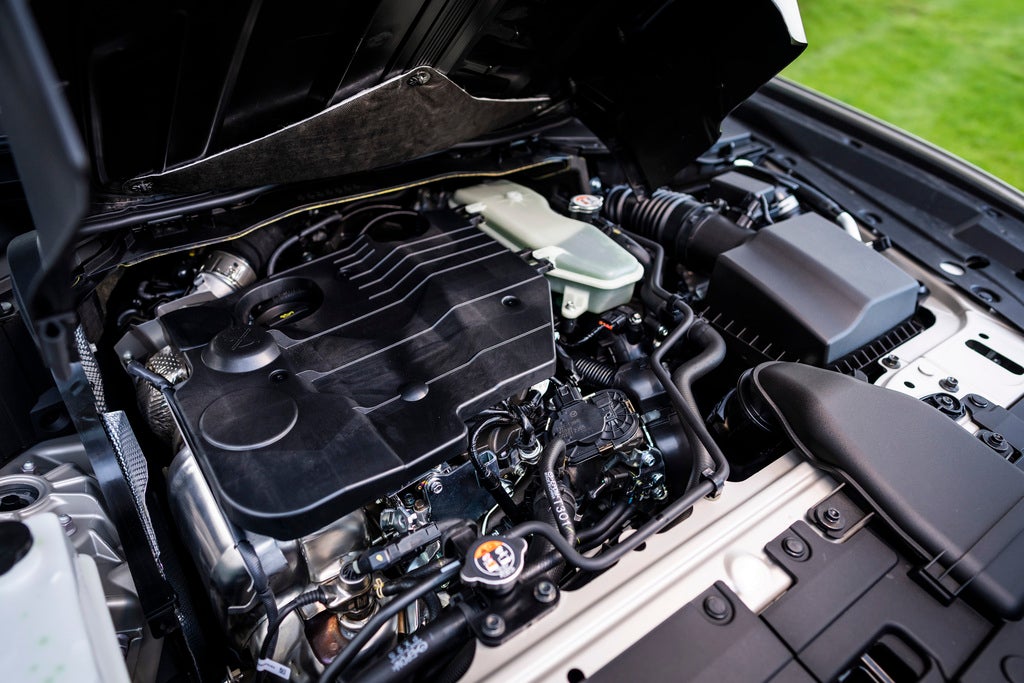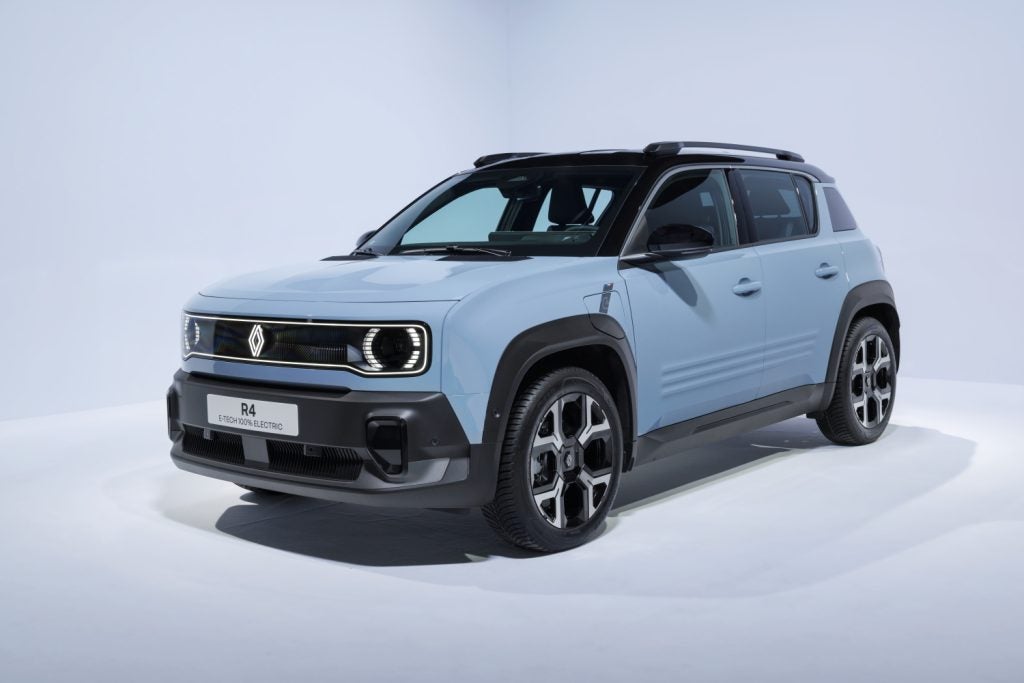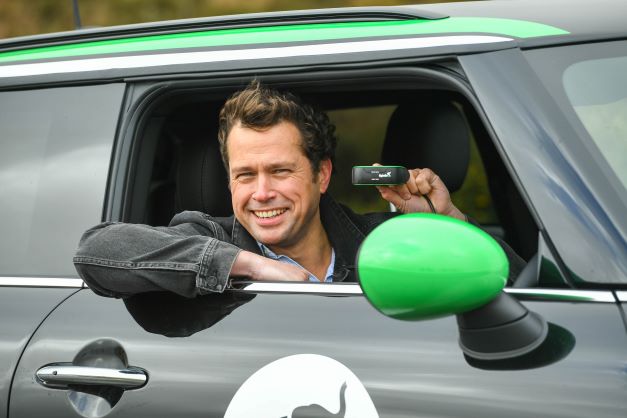
Range and speed-to-recharge is a typical reason for fleet managers to avoid adopting electric vehicles but according to Lightfoot other challenges are providing a wall to adoption. Range isn’t the issue, it is the variability of range that presents a logistical problem for fleets. Lightfoot suggests that the difference in range between a good and bad driver can be as much as 40%. With ICE vehicles, that just means more trips to the petrol station for the bad drivers but in an EV it means either not completing the trip or wasted time at a charging station.
Fleet managers want users to recharge the vehicles at home; otherwise, the company will need to install a suitable charging system and store all the vehicles overnight. However, home charging presents other key logistical challenges for the operator. For expense management, you need to determine what electricity has been used to charge the company’s assets. This could mean tapping into the employee’s electricity meter, which presents privacy issues. It is also open for abuse as EVs become more widely adopted by the public. In this interview, Lightfoot explain how they can provide a solution to both of these issues.
For consumers, range anxiety is often quoted as a key source of reluctance to switch to EVs. Is that the same for commercial fleets?
The fundamental performance of an electric vehicle is important, of course, particularly at the procurement stage when a fleet manager is considering which vehicles to buy. Thankfully, advances in EV technology mean that’s improving all the time, but actually, the bigger issue is the performance of the driver. Electrified vehicles need to be driven in a way that maximises their range rather than taking advantage of their instant torque characteristics, and that involves bringing the driver along on the journey.
In fact, our business was borne out of this exact scenario. A client had taken delivery of a new fleet of hybrid electric vans but the efficiency gains just weren’t there. We tested and analysed every component until we realised the only part we hadn’t checked was the one sitting behind the wheel. The experience proved to us that the driver has as much responsibility for the performance of a vehicle as what’s under the bonnet, and if a driver is inefficient, their vehicle will be, too.
How much can the driver affect the performance of their vehicle?
How well do you really know your competitors?
Access the most comprehensive Company Profiles on the market, powered by GlobalData. Save hours of research. Gain competitive edge.

Thank you!
Your download email will arrive shortly
Not ready to buy yet? Download a free sample
We are confident about the unique quality of our Company Profiles. However, we want you to make the most beneficial decision for your business, so we offer a free sample that you can download by submitting the below form
By GlobalDataIn an electric vehicle, good drivers can achieve up to 20% more range than bad ones. With an ICE vehicle, that 20% would just mean another trip to the petrol station, but in an electric van, that reduction in range could be the difference between completing a trip or not, or at the very least, considerable time wasted at a charging station.
Imagine being able to add 20% more range to the vehicles in your fleet. That’s potentially enough to tip the balance in favour of a fully electrified roll-out.
How do you improve the performance of the driver?
We prefer to ask a slightly different question: how do you get a driver to want to improve their performance?
Traditional telematics offers a Big Brother-style method of data collection, with the information sent to fleet managers who have to wade through reams of numbers before deciding on penalties to be applied retrospectively. It’s a very top-down approach – all stick and no carrot.
You need to empower drivers to manage themselves. A real-time feedback approach provides the driver with live data that they can act upon, there and then. It is critical that good driving is also incentivised and rewarded.
How can that be achieved in practice?
By analysing throttle use, acceleration, braking, steering inputs, and many other factors in real-time, it’s possible to provide feedback to drivers to help encourage a more efficient driving style without applying unnecessary penalties. Tricky traffic situations arise all the time on today’s busy roads. Penalising a driver because something happened in front of them and they braked to avoid an accident seems counter-intuitive.
Instead, it’s possible to use this data to build up a broader picture of someone’s driving style, and by providing access to this information – perhaps a simple percentage score reported through a smartphone app – the driver can be empowered to monitor their performance. If they show consistent improvement, there’s scope for them to be rewarded, too.
This model of positive encouragement has a far greater impact on driver behaviour than retrospective penalties. In a recent blind trial, one fleet’s drivers scored only 14%, but with real-time feedback enabled, that jumped to 89%. Plus, it removes the need to take drivers off the road for training; instead, the system is coaching them on every single journey.
Beyond the issue of range, charging presents a significant challenge for those considering a transition to EV fleets. How do you see that conundrum being resolved?
Home charging is the only realistic option for many fleets, and with EV adoption increasing among private buyers, some drivers may already have a charger installed. The alternative is for companies to invest in and install substantial charging infrastructure on their premises and store all the vehicles overnight, not to mention provide extensive employee parking.
While home charging solves the immediate logistical challenge, it does create a new issue: that of expenses management. Tapping into an employee’s electricity meter raises privacy issues and leaves the system open to abuse once private EV ownership becomes the norm.
However, a system that integrates directly with the vehicle knows the precise battery state before and after each charge, the time of charge, and even the vehicle’s location, from which it can determine if it was recharged at the employee’s home, at work, or a public charger.
From there, the information need only be transmitted to the fleet manager to generate an automated expenses claim, complete with all of the data required to verify it.
What else can be done to ease the transition to EV fleets?
Even with all of these challenges addressed, EV deployment still requires a change in human behaviours.
For instance, the driver of an electric van needs to remember to plug the vehicle in each night, although that too can be automated – a simple reminder notification sent to their phone if they’ve forgotten, for instance.
But if driver efficiency can be improved, that not only makes it easier to deploy EVs at their current performance level but also opens up more routes for their use.
Ultimately, with the ban on new ICE vans now on the horizon, it’s a transition the industry needs to get ready for.



